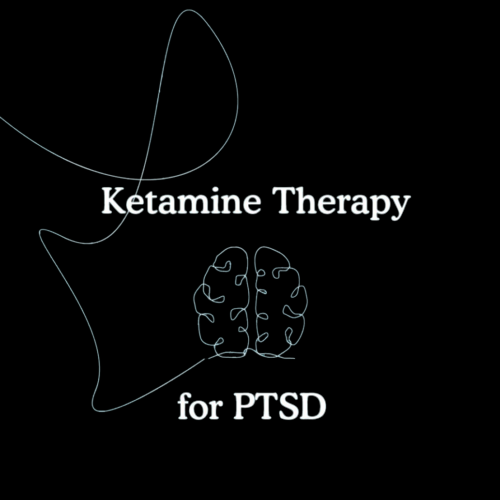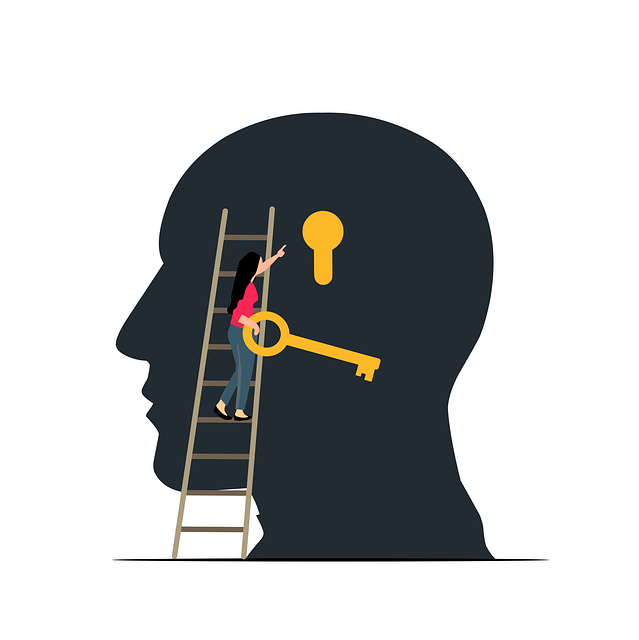Any technique that aims to alter a person’s gender identity or sexual orientation is referred to as conversion therapy. The primary objective of conversion therapy is to “cure” a patient of being lesbian, gay, bisexual, transgender, ace, intersex, or queer.
The goal of conversion therapies is to persuade an individual to alter their gender identity or sexual orientation. This is not the same as competent, healthy, affirming treatment or counseling, which will support a person exploring their gender identity or sexual orientation regardless of the outcome.
A non-exhaustive list of these activities includes exorcisms, corrective rape, being prayed over as a kind of “healing,” being forced to consume “purifying” drugs, threatening someone who is homeless, and pseudo-scientific counseling sessions.
What is conversion therapy?
Any form of emotional or physical therapy intended to “cure” or “repair” a person’s gender identity and expression, or their attraction to people of the same sex, is known as conversion therapy. These therapy can transform a person into a heterosexual or “straight,” according to providers. However, there isn’t any proof for this.
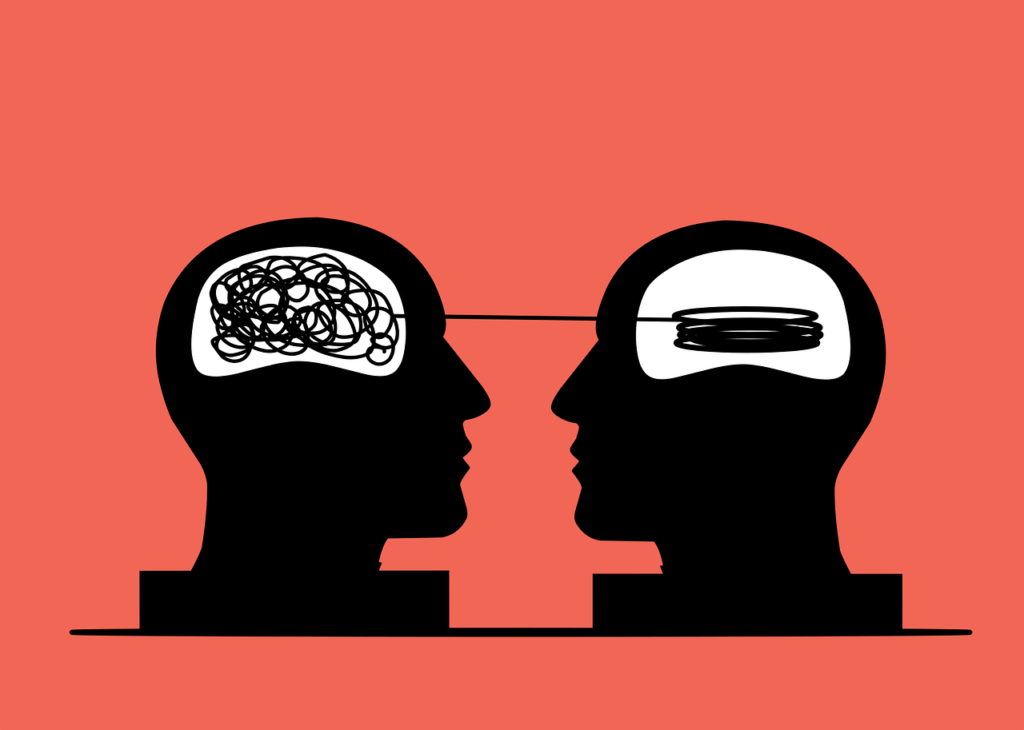
Experts in medicine and mental health have long disapproved of conversion therapy, viewing it as harmful and prejudiced. Not only does it not function, but it may also result in
- Depression
- Anxiety Substance abuse
- Without a home
- Suicide
In severe situations, the customs could be cruel or violent. “Ex-gay therapy” or “reparative therapy” are other names for conversion therapy.
The days of gay conversion therapy are over. It included psychiatric treatments meant to change homosexuals into straight people. Gay conversion therapy has drawn criticism for being harmful and homophobic. Many people view it as unethical, and some states and municipalities have outright prohibited it. Gay conversion therapy is regarded as being out of style. Is it, though?
Gender-affirming care (GAC), a progressive term for a modified version of gay conversion therapy, has become popular over the past few decades. Gender dysphoria is a psychological disorder characterized by distress connected to one’s biological sex that is treated with GAC. This article’s focus is on the use of gender-affirming care with minors, which is of special concern. GAC treatment is essentially gay conversion because the majority of individuals with gender dysphoria are pre homosexual; in other words, it turns pre homosexual youngsters into transgender people.
What is LGBTQIA?
LGBTQIA is an umbrella word that encompasses a variety of gender identities and sexual orientations. What the acronym stands for is:
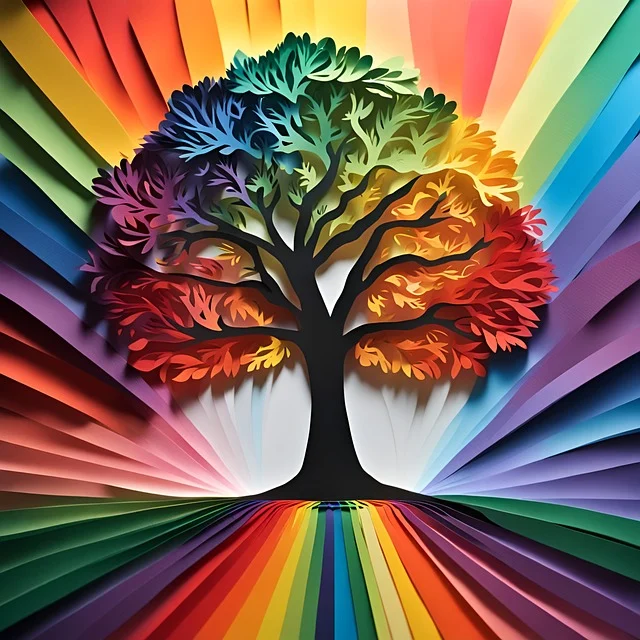
- Lesbian: Lesbians are attracted to other women on a romantic and sexual level.
- Gay: A person who is attracted to people of the same gender romantically and sexually. Although it can also refer to those who are attracted to others of the same gender, it is most commonly used to describe males who are drawn to other guys.
- Bisexual: A bisexual person is someone who is attracted to both people of the same gender and people of different genders romantically and sexually.
- Transgender: A general phrase that encompasses a variety of gender identities that defy conventional binary classifications. The gender that Tran’s persons express is different from their biological sex.
- Queer: The LGBTQIA group uses the term “queer” to describe identity. Those that don’t fit the heterosexual stereotype utilize it. The phrase aims to foster a stronger sense of inclusion and community.
- Intersex: Individuals who identify as intersex possess sexual traits that defy conventional gender norms.
- A sexual: People who identify as asexual do not experience sexual attraction.
What Is the Form of Conversion Therapy?
It might include everything from medical and religious practices that are emotional or physical to psychotherapy (talk therapy).
Psychotherapy
It is talk therapy that is most commonly employed. However, clinicians may also attempt cognitive, behavioral, or interpersonal therapy. Some attempt to rewire mental patterns for same-sex desire by teaching stereotypically masculine and feminine behaviors or by using hypnosis. Another widely employed technique is known as “aversion therapy.” People who participate in this technique may be subjected to unpleasant or painful experiences such as electric shocks and medications that cause nausea or paralysis. This is done in an attempt to “correct” it by creating a bad association with the person’s identity or attractions.
Medical.
This covers steroid, hormone, and medication therapy. Extreme cases involve the “neutralization” of sexual orientation by gender-affirming surgery. Particularly in transsexual individuals.
Religious in nature.
Homosexuality and other gender expression and identity behaviors are occasionally seen as “evil” in several religious traditions. Conversion therapy is occasionally administered by clergy members or other spiritual counselors. It could entail saying prayers and making derogatory remarks about LGBT people. In extreme circumstances, it might also entail shackling, starvation, beatings, and even exorcisms.

The term “gender identity disorder” was eliminated from the American Psychiatric Association’s (APA) diagnostic manual in 2013. Nowadays, the American Psychological Association refers to conversion treatment methods as “gender identity change efforts (GICE)” or “sexual orientation change efforts (SOCE).” It created the terminology to set itself apart from therapies that rely on data. However, providers—who are typically unlicensed—can frequently mask the terms they employ in order to evade detection.
Among these terms are:
- Exploration of sexual attraction fluidity in therapy (SAFE-T)
- Removing, lowering, or lessening the occurrence or strength of undesired same-sex attraction (SSA)
- Therapy for reparation
- Attempts at sexual reorientation
- former homosexual ministry
- encouraging sexual health
- addressing illnesses and addictions related to sex
- Counseling on sexuality
- promoting sexual and relational wellbeing
- repairing sexual trauma
How Can Conversion Therapy Be Harmful?
The use of conversion treatment procedures might cause one to feel “damaged” or “less than,” which lowers one’s self-esteem. Your mental and physical well-being may suffer greatly as a result. For this reason, a number of mental health and medical organizations have publicly condemned the use of conversion therapy in declarations.
Furthermore, a lot of people who advertise themselves as qualified to offer conversion treatment are frequently neither medical professionals nor certified mental health practitioners.
According to one study, those who identify as LGBTQ (lesbian, gay, bisexual, transgender, or questioning) and who experience discrimination or rejection include:
- eight times more likely to say they’ve tried suicide
- Approximately six times as likely to report having severe depression
- more than three times more likely to take illicit substances
- three times as likely to have high HIV and other STD risk
Ban of conversion therapy
By February 2022, this destructive practice on anybody under the age of eighteen was outlawed in at least twenty states, the District of Columbia, Puerto Rico, and over one hundred municipalities. Canada and France similarly outlawed the debunked practice in December 2021.
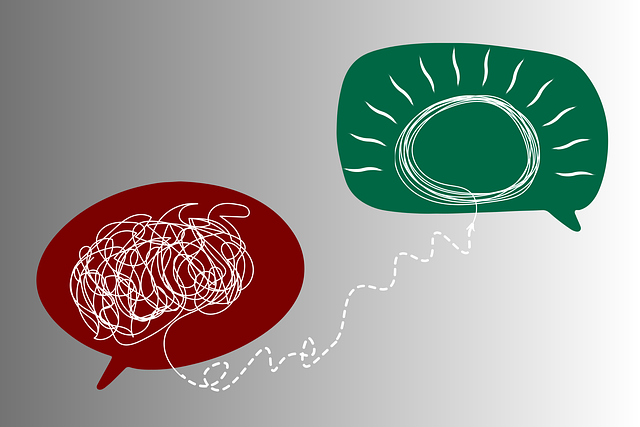
All significant medical, psychological, and psychiatric organizations are against the use of “conversion therapy.”
The American Psychiatric Association has been against conversion treatment since 1998. “Efforts to change an individual’s sexual orientation or gender expression have been shown to be harmful and potentially deadly,” the American Psychiatric Association stated in a 2020 position statement, restating its position once more.
In 1997 and 2009, the American Psychological Association (APA) passed two resolutions opposing attempts to alter an individual’s sexual orientation. The 2009 resolution was followed by a historic report on appropriate therapeutic responses to sexual orientation. The American Psychological Association (APA) “concluded that efforts to change sexual orientation are unlikely to be successful and involve some risk of harm, contrary to the claims of SOCE practitioners and advocates” after conducting a thorough analysis of peer-reviewed research on what it called “sexual orientation change efforts (SOCE).” By a resounding vote of 125 to 4, the APA’s governing board approved the report’s recommendations.
A lot of anti-LGBTQ activists say that they “only offer their programs for people who want to change” and that they “help people who want to live their lives in accordance with their religious beliefs.” However, a large number of participants in programs for sexual orientation and gender identity conversion are young people who are coerced into attending by their parents, who have received advice from religious authorities or other sources, to change their sexual orientation or gender identity.

